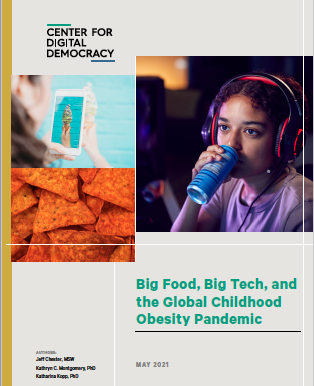Data Governance for Young People in the Commercialized Digital Environment

TikTok (also known by its Chinese name, Dǒuyīn) has quickly captured the interest of children, adolescents, and young adults in 150 countries around the world. The mobile app enables users to create short video clips, customize them with a panoply of user-friendly special effects tools, and then share them widely through the platform’s vast social network. A recent industry survey of children’s app usage in the United States, the UK, and Spain reported that young people between the ages of 4 and 15 now spend almost as much time per day (80 minutes) on TikTok as they do on the highly popular YouTube (85 minutes). TikTok is also credited with helping to drive growth in children’s social app use by 100 percent in 2019 and 200 percent in 2020. Among the keys to its success is a sophisticated artificial intelligence (AI) system that offers a constant stream of highly tailored content, and fosters continuous interaction with the platform. Using computer vision technology to reveal insights based on images, objects, texts, and natural-language processing, the app “learns” about an individual’s preferences, interests and online behaviors so it can offer “high-quality and personalized” content and recommendations. TikTok also provides advertisers with a full spectrum of marketing and brand-promotion applications that tap into a vast store of user information, including not only age, gender, location, and interests, but also granular data sets based on constant tracking of behaviors and activities…
TikTok is just one of many tech companies deploying these techniques… [full article attached and also here (link is external); more from series here (link is external)]
